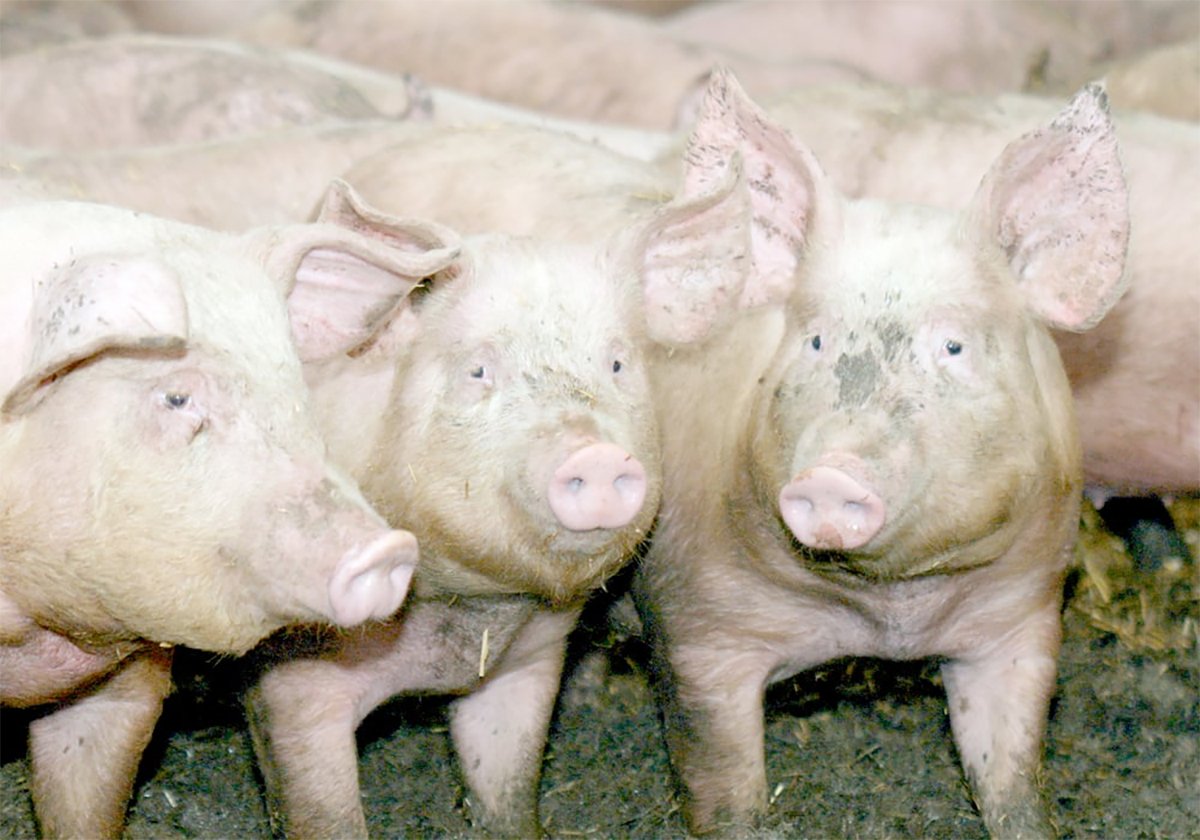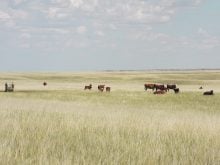Providing optimum nutrition and a low-stress environment to pregnant cows can benefit the future generations of those cows.
“We’re starting to learn that that environment … that animal is in can actually have some permanent and lasting changes on the genetic code itself,” said Katie Wood, assistant professor in ruminant nutrition at the University of Guelph.
“We think some of these changes may be permanent and may even be heritable from generation to generation.”
In a Nov. 21 webinar organized by the Beef Cattle Research Council, Wood described one study indicating that cows supplemented with protein in the third trimester of pregnancy gave birth to daughters with higher pregnancy rates themselves.
Read Also

The Western Producer Livestock Report – October 2, 2025
Western Producer Livestock Report for October 2, 2025. See U.S. & Canadian hog prices, Canadian bison & lamb market data and sale insight.
A separate study on carcass quality, in which pregnant cows were switched to improved pasture with higher-protein forage for the last 60 days of pregnancy, found that it resulted in heavier calves at weaning with higher average daily gains.
Wood noted several other studies showing the influence of the cows’ diet on the offspring and the apparent influence of increased protein late in the gestational term.
The bulk of studies in this area have involved protein supplementation, said Wood.
There is major nutrient demand on the cow, particularly in the last 100 days of pregnancy, so any deficiencies will impact both the cow and the calf.
At that stage of the calf’s development, inadequate nutrition can affect its carcass quality and reproductive ability. There is also evidence that protein supplementation of the cow in late gestation has a positive effect on meat tenderness in the offspring.
Wood said she sees two main approaches to future research. The proactive approach is to create the optimum feedlot steer by feeding pregnant cows to the desired outcome or, in the case of replacement heifers, feeding the dams with the goal of raising ideal new members of the herd.
The other approach is reactive; striving to understand the outcomes of developmental programming, including how stress affects the cow and subsequently her calves, and then devising ways to better manage any stressors.
“What you feed those pregnant cows matters much more than you think,” said Wood. “It’s likely to have some fairly long-term impacts on your herd.”

















